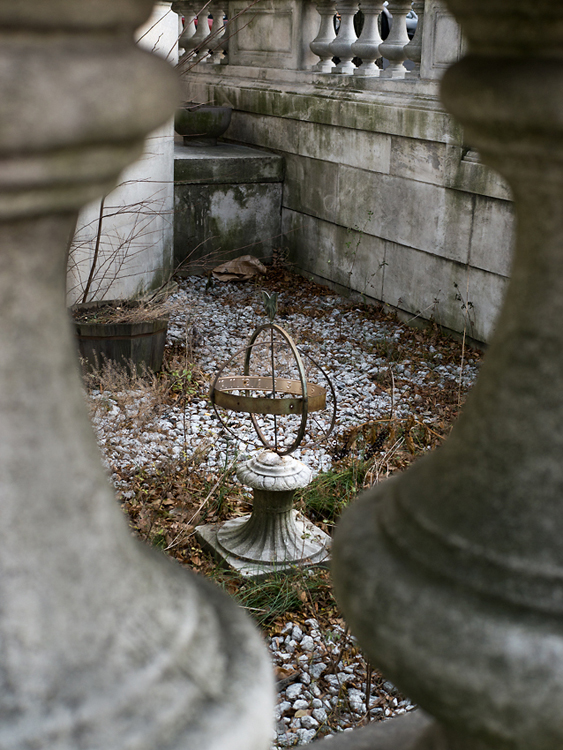
Back in December of 1817 the English painter Benjamin Haydon put on view his new painting of Christ entering Jerusalem attended by Sir Isaac Newton, portrayed as a believer, and Voltaire portrayed as a skeptic. Among the guests at Haydon’s London studio were John Keats and Charles Lamb (quite the literary crowd, Wordsworth was also among the guests). Lamb, drunk, rebuked Haydon for painting Newton, ” a fellow who believed nothing unless it was as clear as the three sides of a triangle”. Keats agreed with Charles Lamb that “Newton had destroyed all the poetry of the rainbow by reducing it to the prismatic colors”. Three years later Keats wrote the poem, Lamia, which includes these lines:
… Do not all charms fly
At the mere touch of cold philosophy?
There was an awful rainbow once in heaven:
We know her woof, her texture; she is given
In the dull catalogue of common things.
Philosophy will clip an Angel’s wings,
Conquer all mysteries by rule and line,
Empty the haunted air, and gnomed mine–
Unweave a rainbow, as it erewhile made
The tender-person’d Lamia melt into a shade.
The general consensus then regarding Keats and the Romantic poets was that they were anti-science, that they believed physics destroyed beauty. Scientists and like minded poets then took up the battle and attempt to show, that on the contrary, science stimulates our sense of beauty as a poem by James Thompson (1700 – 1748) illustrates. The poem is an ode to Sir Isaac Newton and in this section waxes eloquently on Newton’s discovery of light refraction:
Ev’n Light itself, which every thing displays,
Shone undiscover’d, till his brighter mind
Untwisted all the shining robe of day;
And, from the whitening undistinguish’d blaze,
Collecting every ray into his kind,
To the charm’d eye educ’d the gorgeous train
Of parent colours. First the flaming red
Sprung vivid forth; the tawny orange next;
And next delicious yellow; by whose side
Fell the kind beams of all-refreshing green.
Then the pure blue, that swells autumnal skies
Ethereal played; and then, of sadder hue,
Emerg’d the deepen’d indigo, as when
The heavy-skirted evening droops with frost;
While the last gleamings of refracted light
Died in the fainting violet away.
These, when the clouds distil the rosy shower,
Shine out distinct adown the wat’ry bow;
While o’er our heads the dewy vision bends
Delightful, melting on the fields beneath.
Myriads of mingling dyes from these result,
And myriads still remain–infinite source
Of beauty, ever flushing, ever new.
Did ever poet image aught so fair,
Dreaming in whisp’ring groves by the hoarse brook?
Or prophet, to whose rapture heaven descends?
Ev’n now the setting sun and shifting clouds,
Seen, Greenwich, from thy lovely heights, declare
How just, how beauteous the refractive law.
Personally, I think they both had a point. Most people have experienced the miracle of wonder at some point in their lives. Who doesn’t remember the first time they saw a rainbow and their reaction to it which was usually some form of awe. An artistic mind would want to share and express such feelings. A beautiful mind, and here I use beautiful in the Jimi Hendrix sense when he sings in “Are You Experienced”, “…not high but you know, beautiful”. I love that. He doesn’t really sing but more says it as an aside to whoever is listening. Beautiful, yeah, when your mind is in that active blank state ready to receive messages from the universe. Okay getting back to beautiful mind, a truly good artist would also like to investigate what lies behind the rainbow and that will inform his sense of awe so that his experience is now an informed awe and not a dumb awe that just accepts what is put in front of him or her and thinks no further.
Keats and the Romantic poets didn’t actually believe that science destroyed beauty. On the contrary they believed that science can stimulate our sense of Beauty. What they were opposed to was what would be called today scientism, which sets out to destroy wonder in the world by making every phenomenon common. Things are merely. A rainbow is merely refracted light. What this beautiful mind would say (inspired by Keats) is that a rainbow is beautiful and isn’t it further wondrous that a rainbow is the light of day undressed and spread out before you like the wings of an angel.